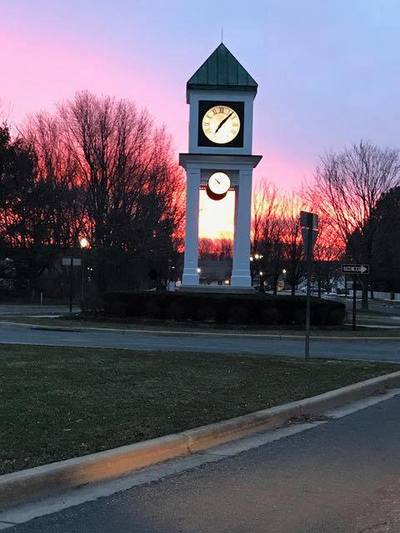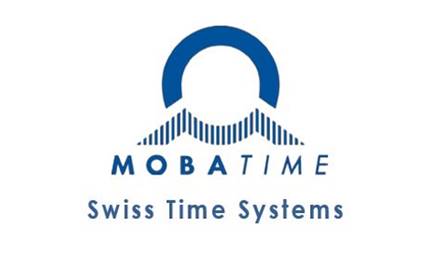The need to tell time evolved along with civilization. Back when most people were hunters or farmers, the position of the sun was enough to tell them when and where to be. They relied upon natural circadian rhythm to tell them when to get up, start work, take a lunch break, and go to sleep.
As people came together more often, they needed a way to communicate when things were going to happen. So the concept of “telling time” was born.
At first, this was just a more precise way of measuring the movement of the sun. And even after mechanical clocks were introduced, 12 o’clock noon in New York wasn’t the same as 12 o’clock noon in Boston. In fact, there were 38 different time zones in Michigan alone!
For a long time, that didn’t matter. It was impossible to travel from point A to point B fast enough for anyone to notice. In the 1800’s, though, all that changed. The catalyst was railroads.
The Day With Two Noons: How Railroads Invented Modern Time Zones
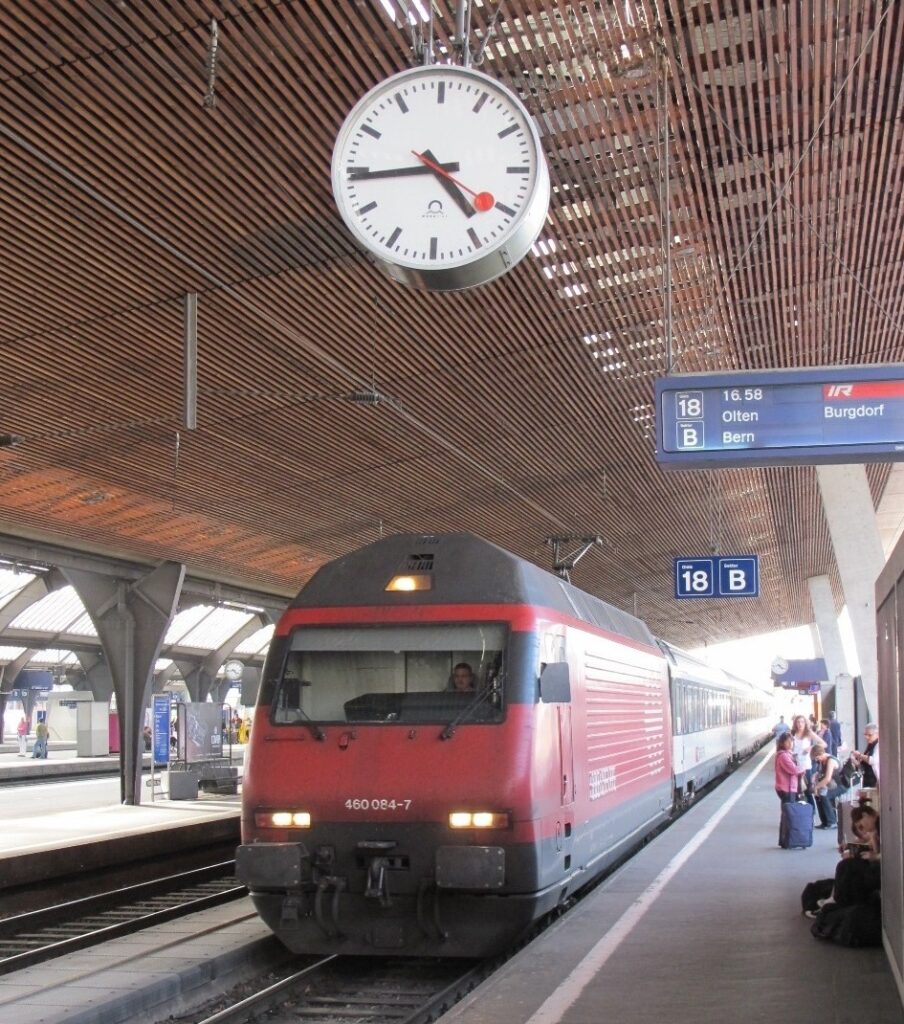
In the 19th century, railroads snaked their way across the United States. Trains might pass through hundreds of local times in a single day. To combat this, trains began running on the time zone where the train originated. So trains from Boston ran on Boston time, and trains from New York ran on New York time.
That meant in most stations, train time was different from the local time. Stations would have several clocks on display to show the time for each of the incoming trains. You, as a passenger, would need to know which one of these clocks pertained to your train. And it wasn’t just an issue for passengers. It created scheduling challenges as well. The differences in train time and local time caused a number of close calls and crashes.
Something needed to be done – if not for convenience, then for safety. Charles Dowd, a school principal, came up with an idea. He proposed that the country be divided into sections. Each section would have a single standard time. The proposal sounds a lot like the current time zone system. But when he suggested it to the railroads, they shot him down.
The same idea was proposed by meteorologist Cleveland Abbe a few years later. He worked with the American Meteorological Society to release a report in support of uniform standard time. It was this report that finally caught the attention of the railroads. [1] The idea was adopted by railroad leaders at the General Time Convention in Chicago in 1881. Though it sounds like this meeting was all about time, the General Time Convention was actually a meeting of railway managers. Twice a year, they’d come together to coordinate connecting train routes and schedules. [2]
William F. Allen was the secretary of the General Time Convention. He was instrumental in the implementation of Railway Standard Time. Train schedules had to be adjusted. Calculations needed made to ensure station clocks in each city would be set to exactly the same time. Allen oversaw all of it.
At noon, on Sunday, November 18, 1883, all railroads in the U.S. set their time according to the new standard time zones. In cities across the country, the clock struck noon at 12 pm local time… and then again 3-30 minutes later. For this reason, November 18, 1883 became known as “The Day With Two Noons.” [3]
When the rail stations changed their clocks, most businesses followed suit. Employees did the same – after all, they needed to be on time for work. Though there were a few hold-outs, most of the country adjusted to railroad time well before it became a real law. The railroad’s system worked well enough that it ran on its own for over 30 years. When the four standard time zones in the U.S. were finally signed into law by Congress in 1918, it was practically a non-event. We’ve been living on railway time ever since!
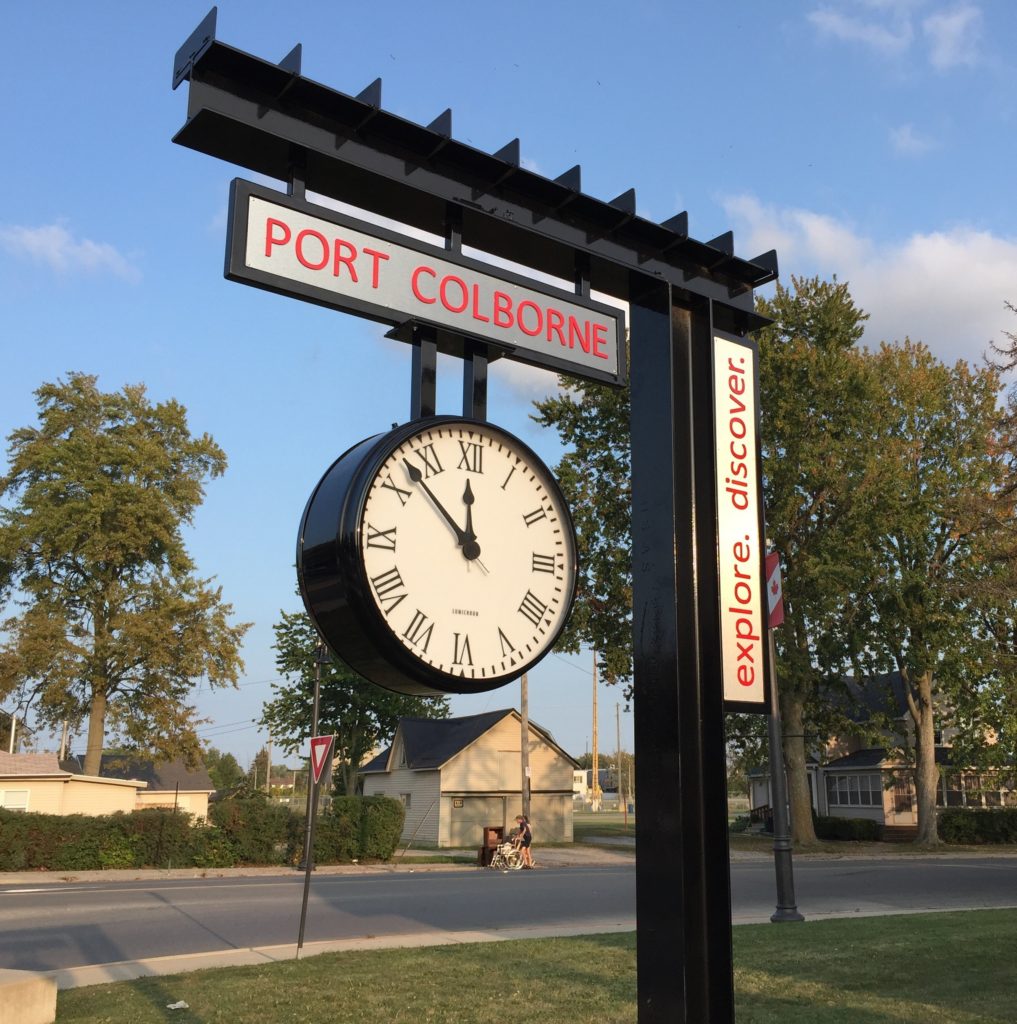
Why Have Time Zones At All?
The four standard time zones are an obvious improvement over hundreds of differing local times. But why do we need so many? Couldn’t we just have one?
The idea behind Time Zones is that everyone’s hours are still tied to the sun. Aside from those far-north places like Alaska and Greenland, the world’s daylight hours are pretty consistent. Although noon doesn’t occur exactly when the sun is the highest, it’s still pretty close.
But in our global world, where we can travel through 10+ time zones in a day by airplane, do time zones really make sense? Some argue that they don’t.
Though the idea of a single time zone might be new to you, some industries have already made the leap to using one.
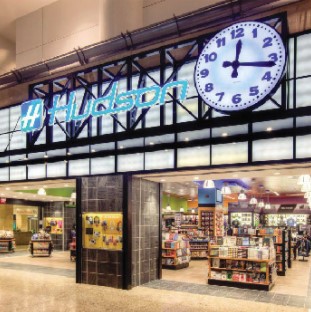
One example is the Aviation industry. Above the clouds, there’s only one time zone. The Aviation industry uses Coordinated Universal Time (UTC) for flight schedules, and while they’re in the air, that’s what pilots use as well.
The financial industry uses a single time zone as well. Trades and transactions happen 24/7 around the globe. Can you imagine how confusing it would be to track them all in their local time zones? As a user, you’ll often see the transactions displayed in your own time zone. But bank transactions and stock trades are actually recorded using a UTC time stamp.
The Case For One Global Time Zone
If you think about it, 9 am is just a label. How big a deal would it be if New York Banks were open the exact same hours, but we called them 13:00 to 21:00 instead of 9 am and 5 pm? Think about never having to do “time zone math” when scheduling a meeting with an out-of-state client. What if you never had to reset your watch when you went on vacation overseas? What if the ship’s clock always matched local time when you went on a cruise?
Of course, there are downsides to a single world time zone, too. When visiting a new place, you’d have to learn what their local business hours are. Coordinating the change on a global scale would be an epic undertaking. And that’s probably why there’s not much support in the way of adoption. Still, it’s an interesting idea to consider.
Advocates for universal time suggest that a single time zone would help people stay in sync with their natural circadian rhythm. Each locality could then set local business hours to align more closely to solar time. The theory is that this would, in turn, improve people’s health and well-being. [4,5]
The world is certainly becoming more global. But something tells us that it would take more than today’s equivalent of railroad barons to effect this change. Still, it’s interesting that adopting a single, global time zone could be the thing that brings us full circle — back to a more local definition of a day.
As things stand, we’re probably a long way off from a single time zone. That’s why our clock controllers connect to GPS – they recognize exactly where you are and what time to display. They even adjust automatically for daylight savings time and power outages. So you don’t have to lift a finger. Sound like something you need? Reach out for a quote, or send us an email to discuss your clock needs.
Resources:
[1] https://www.loc.gov/item/today-in-history/november-18/ [2] https://www.jstor.org/stable/43523865 [3] https://www.npr.org/2019/06/07/730727038/episode-918-the-day-of-two-noons [4] https://www.wired.co.uk/article/universal-time-zones [5] https://gizmodo.com/how-our-circadian-rhythms-have-learned-to-ignore-time-z-1643613692